If you really want to charge battery from time to time - charging with resistor and constant voltage 4.2V or less will work and battery will not blow up if you choose proper resistor. You have to use resistor to limit current.
If you build circuit like this - keep in mind that charging current will be higher when battery is closer to empty state. When battery is closer to empty state - it heats up more, because internal resistance is higher. So - less charge in battery - more current, more power, more heat. When battery is empty - is not ready for fast charging.
When your battery is ready to be charged with high current - your circuit will feed it with with very low current. Everything upside down. Charging thru resistor from 4.1-4.2V constant voltage is most inefficient way to utilise Li-Ion battery.
Thats why there are specialised IC's and CC/CV charging methods. To charge it in efficient way. Many people think, that all Li-Ion need special special care, complicated chargers, advanced alghoritms etc. It's just about being sure that voltage never goes outside 3.2-4.2V range and heat produced on battery internal resistance.
Battery is rated for 1C (2200mA)? Sure, but if you read battery manual carefully you may find something like "you can't charge empty battery with 1C because it will overheat and you should monitor temperature".
Current source based on LM317 and one resistor would be much better.
If you need serious charger with very low cost and/or if you have no time - build something like this:

Image source: MCP-73831 datasheet.
MCP-73831 is one of many cheap integrated Li-Ion chargers available on the market. SOT-23 package, cost: < 1USD.

